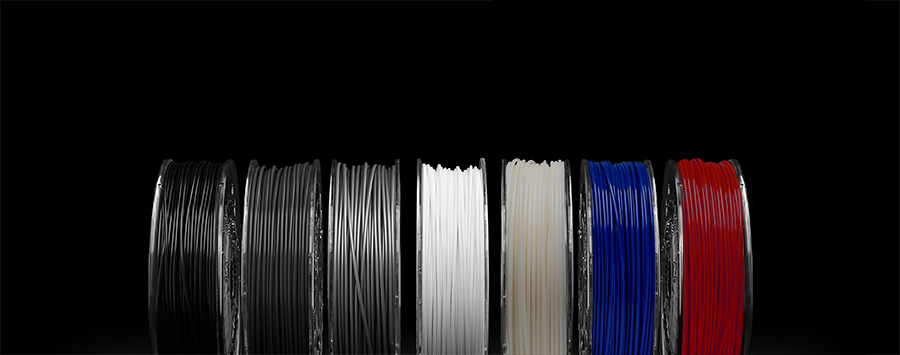Finding The Best Heat Resistant 3D Printing Filament
A wide range of innovative and sophisticated heat resistant materials are available for 3D printing. They open the door to new possibilities of manufacturing and design. Here, we help you find which heat resistant 3D printing filament is best for you.
There are several heat resistant 3D printer materials that manufacturers can use for objects that are required to withstand high levels of heat. In this article, we’ve rounded up the best heat resistant 3D printing materials for FFF printing.
Let’s find the perfect heat resistant 3D printing filament for you!
1. PET-G
A great heat resistant filament is PET-G (polyethylene terephthalate glycol-modified). This 3D printing material is great for beginners because it’s just as easy to print as PLA, but more technically resistant to different stressors such as heat, water, and corrosive chemicals.
For instance, it can withstand operating temperatures of up to 70ºC. It’s commonly used is for end-use parts that need good mechanical and thermal strength. Furthermore, PET-G is employed for its strong water and moisture resistance, making it an ideal material for water-tight materials and waterproof functions.
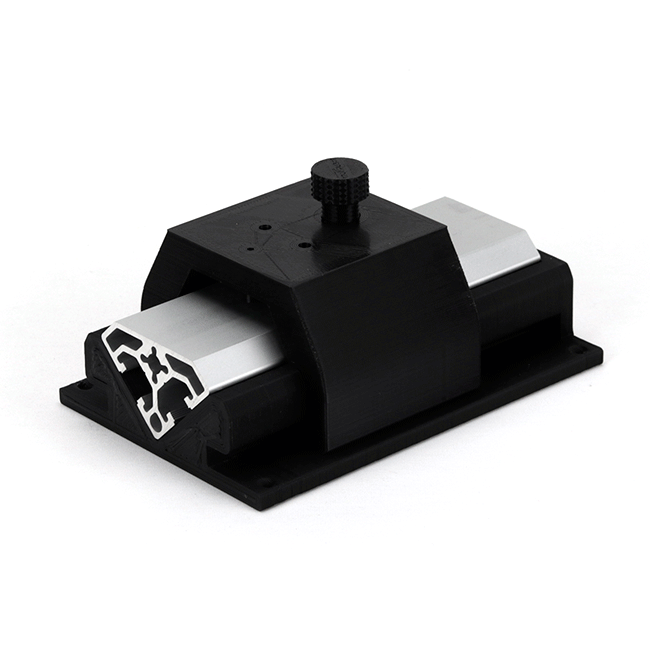
2. ABS
ABS (acrylonitrile butadiene styrene) is a commonly used thermoplastic filament that is popular among professional printers due to its stiffness and heat resistance. This 3D printing filament is frequently used for prints that will undergo high-stress applications, like heat or impact.
ABS is a great option for a heat resistant 3D filament, as it can withstand temperatures of up to 100ºC. Besides being heat resistant, it is also water and impact-resistant, even at temperatures as low as -10ºC.
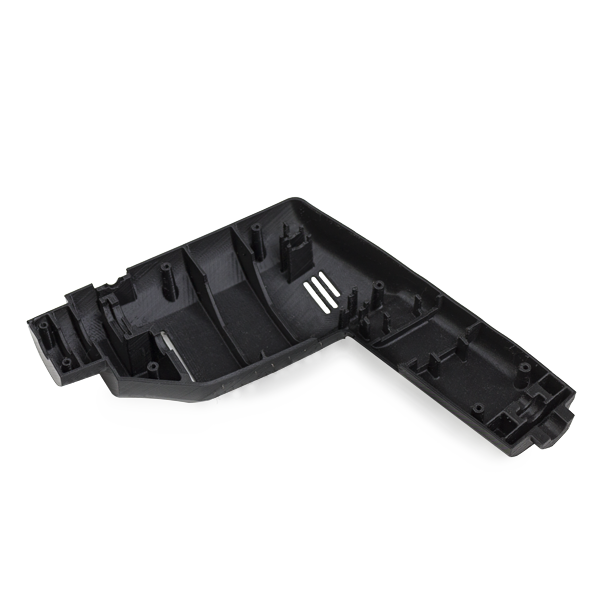
3. PP
PP (polypropylene) is well known for its extraordinary chemical resistance, especially against alkali, acids, and organic solvents. But, along with being chemically resistant, it is a heat resistant 3D filament as well.
PP can withstand temperatures of up to 100ºC. Thanks to its smooth, lightweight, and clear appearance, it is often used for food containers, liquid bottles, and other printed parts that come into contact with water or harsh chemicals.
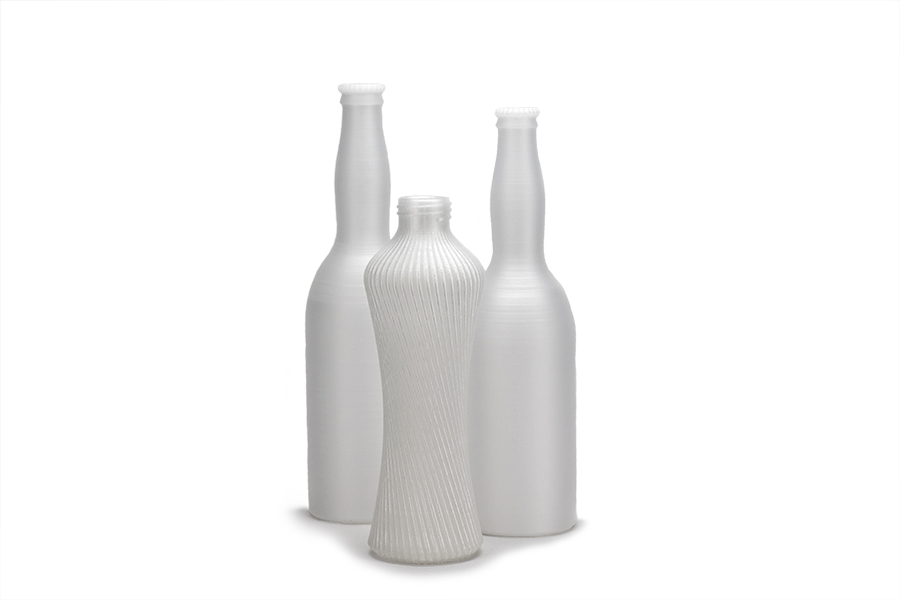
4. PP GF30
PP GF30 (polypropylene 30% glass fiber) is similar to its non-glass fiber counterpart, but with an even higher heat resistance of 120ºC plus the added benefit of UV resistance. These two qualities make PPGF30 a great filament option for parts that need to be able to resist a variety of weather conditions.
This 3D printing material is also commonly used in the automotive and aerospace industry thanks to its strong heat and chemical resistance and strength. However, it is still a lightweight 3D printing material. Therefore, it can be used to create prints that are equally strong, rigid, and weather-ready.
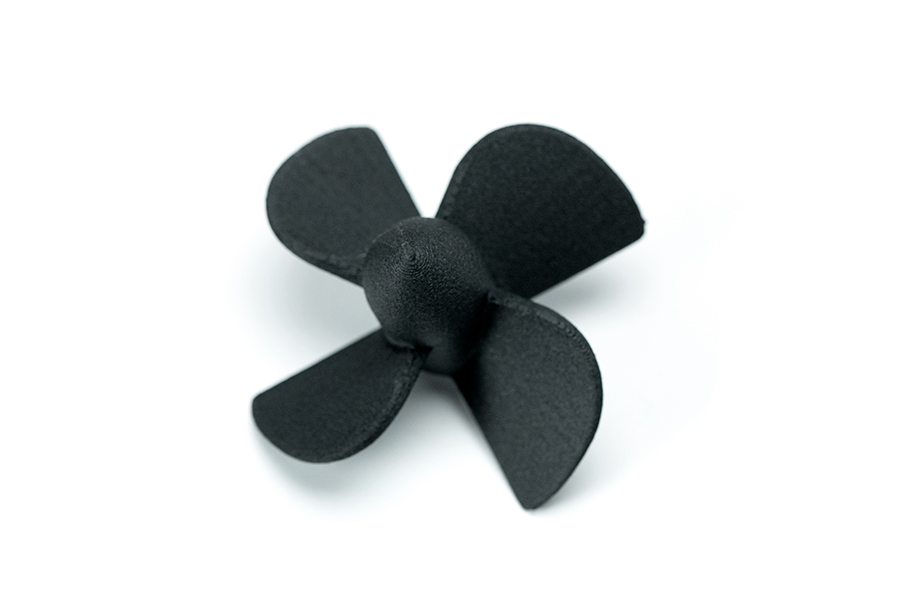
5. PA
PA (polyamide) is another thermoplastic that is suitable for heat resistant 3D printing. Featuring a thermal resistance of up to 120ºC, PA can withstand this high heat for an extended period of time, making it a great option if your print will be subjected to heat.
PA is also semi-flexible due to its semicrystalline structure, meaning this material’s strength goes beyond heat resistance. PA is frequently used to print parts that must be exposed to a variety of environments thanks to its high heat, abrasion, oil, and impact resistance. It used to print a variety of manufacturing materials, like jigs, washers, bearings, handles, and snap-fit joints.
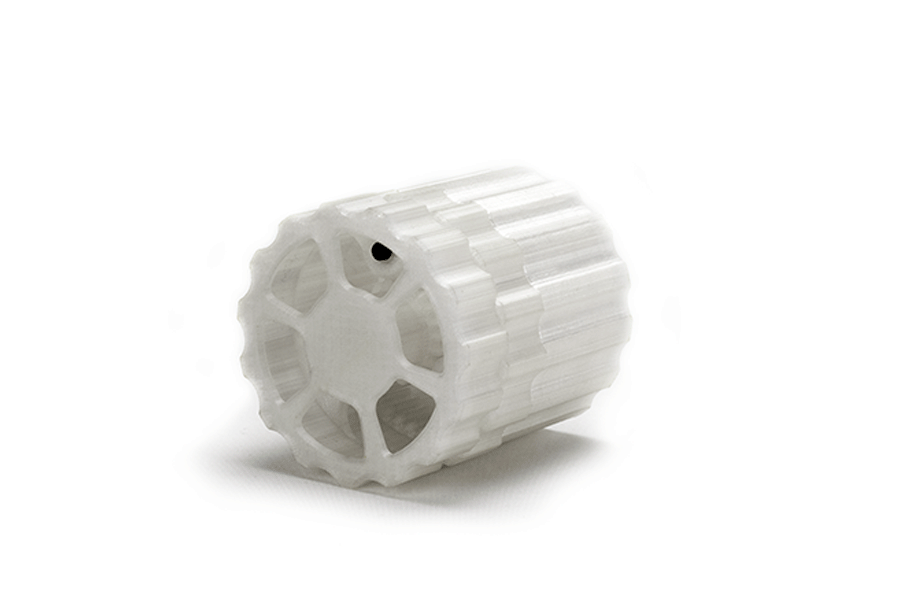
6. The most heat resistant 3D printing filament of all: PAHT CF15
PAHT CF15 (high-temperature polyamide carbon fiber reinforced) is a very strong and technically advanced material. Thanks to its 15% carbon fiber, it is both heat and chemical resistant, landing itself as the most heat resistant 3D printing material on this list.
It can withstand continuous temperatures of 150ºC, making it the ideal filament to use if your print will be subjected to high heat for long periods of time. Alongside being heat resistant, PAHT CF15 is also characterized by high stiffness, strength, and printability. This filament is best suited for the most technical printing applications, like moving parts or even metal replacement.
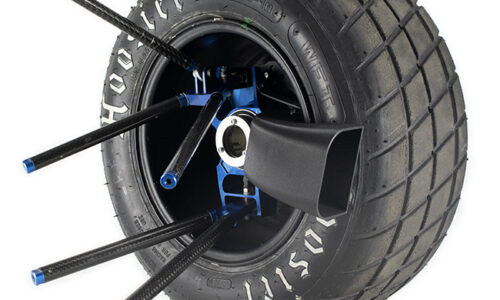
In conclusion, when it comes to finding a 3D printing material that is heat resistant, the options are plentiful. Each heat resistant 3D printing filament comes in many different cost points, skill levels, and strengths. Beyond just being heat resistant, many have additional features that can help narrow down choosing the perfect filament for your print. Should you be interested in learning more, be sure to download our dedicated white paper below, or for a quick fix have a go at our material selector!



